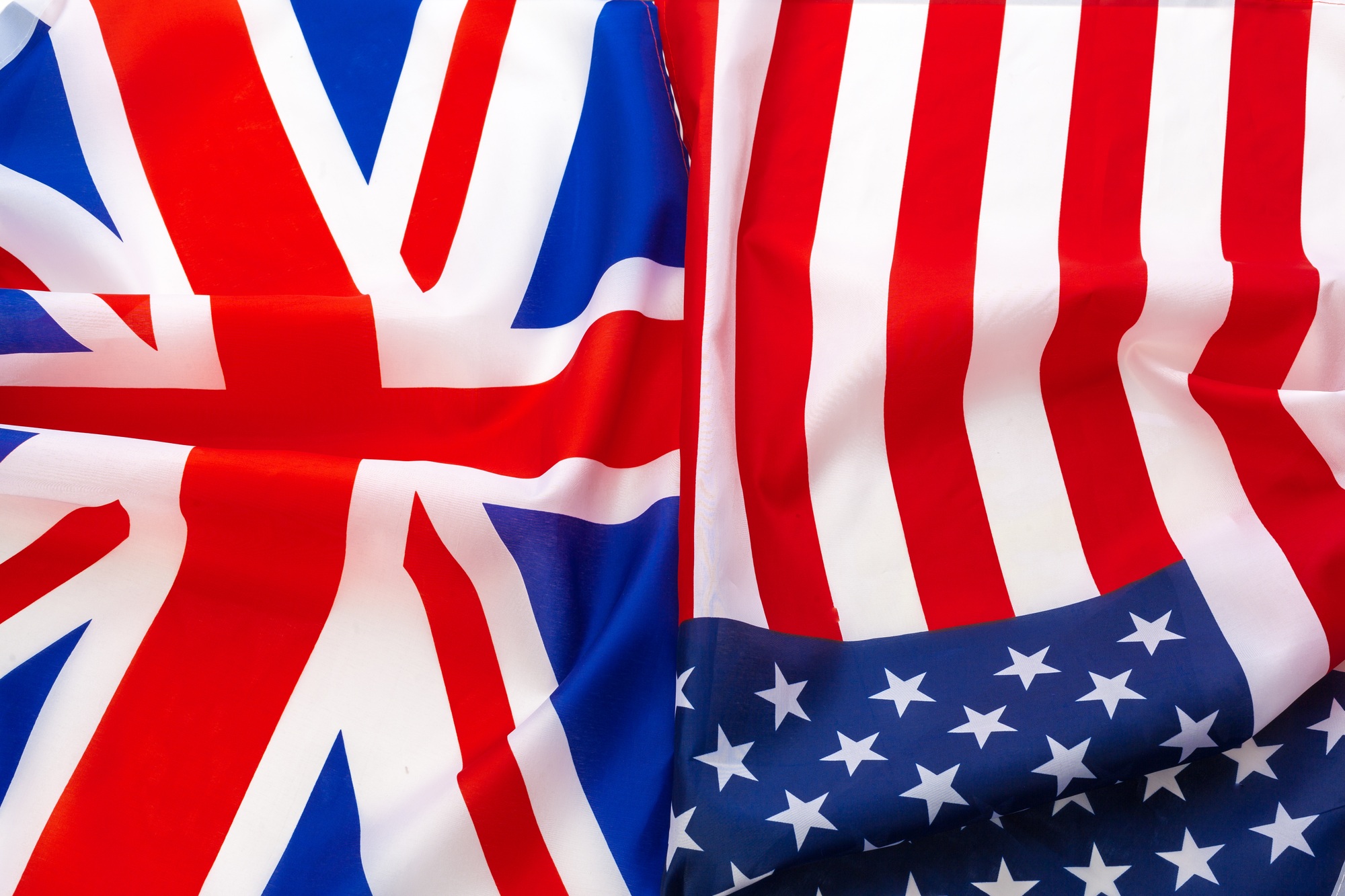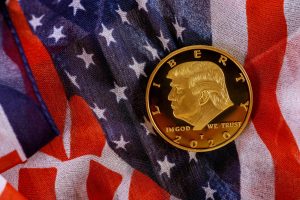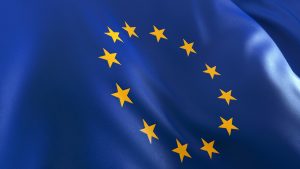In a dramatic Oval Office event on May 8, 2025, President Donald Trump announced his first trade agreement since igniting a global tariff storm earlier this year. The limited yet symbolically potent deal with the United Kingdommarks a rare diplomatic breakthrough amid rising tensions with many of America’s trading partners.
Trump, joined by U.S. Commerce Secretary Howard Lutnick, Vice President JD Vance, and UK Prime Minister Keir Starmer (who phoned in for the announcement), hailed the agreement as “tremendous” and “historic.”
Though the final wording is still being ironed out, here’s what’s inside the deal — and what’s not.
What’s In the Deal: Steel, Cars, and Corn
At the heart of the agreement is a mutual tariff rollback on key sectors:
- Steel: U.S. duties on UK-made steel will be slashed from 25% to 0%, providing a major win for British exporters.
- Automobiles: The UK will now face 10% tariffs on its car exports to the U.S., down from a punishing 27.5%.
- Agriculture: In exchange, UK markets will open further to U.S. agricultural goods, with the ethanol tariff eliminated entirely and greater access expected for American corn, soy, and meat products.
- Digital Services Tax: Both nations agreed to continue negotiations on resolving tensions over the UK’s tax targeting U.S. tech giants like Google and Amazon.
- Customs Streamlining: The deal also includes provisions for faster, less bureaucratic processing of U.S. goods entering the UK market, potentially unlocking an estimated $5 billion in export opportunities.
And in a strategic twist, Boeing is expected to purchase a fleet of British-manufactured airport engines, injecting economic reciprocity into the deal’s high-tech segment.
What’s Not in the Deal: The 10% Global Tariff
Notably absent from the agreement is any rollback of the blanket 10% tariff Trump recently imposed on virtually all imports, part of his sweeping “economic nationalism” doctrine.
On the contrary, the president doubled down during his remarks:
“The 10% is the baseline. Countries should expect more unless they’re willing to work with us on our terms.”
This implies that even allies like the UK are negotiating under duress, trading tariff reductions in limited sectors for broader policy alignment — or at least market access.
Political Signals: Diplomacy, But Not Détente
Prime Minister Starmer — leading a center-left Labour government — has had to strike a delicate balance, securing UK trade interests without appearing too deferential to Trump’s hardline stance. The optics of this deal, however, favor Trump’s narrative of global partners bending to America’s economic leverage.
And for Trump, who has drawn criticism over isolationist economic policies, this pact offers a headline-grabbing rebuttal: a bilateral win to showcase before a politically sensitive summer.
What’s Next?
According to the White House, final details of the deal will be finalized in “the coming weeks,” with both nations expected to sign a formal agreement by early June. Congressional review in the U.S. could follow, although limited trade deals typically face fewer hurdles than full-fledged free trade agreements.
Expect broader consequences, too. The UK’s concessions on digital taxes and U.S. goods could pressure the EU and Canada — still in tense trade discussions with Washington — to reconsider their positions.
And if Trump’s global tariff policy continues, “trade deal diplomacy” may become the new norm: pressure, then pact, then praise.







